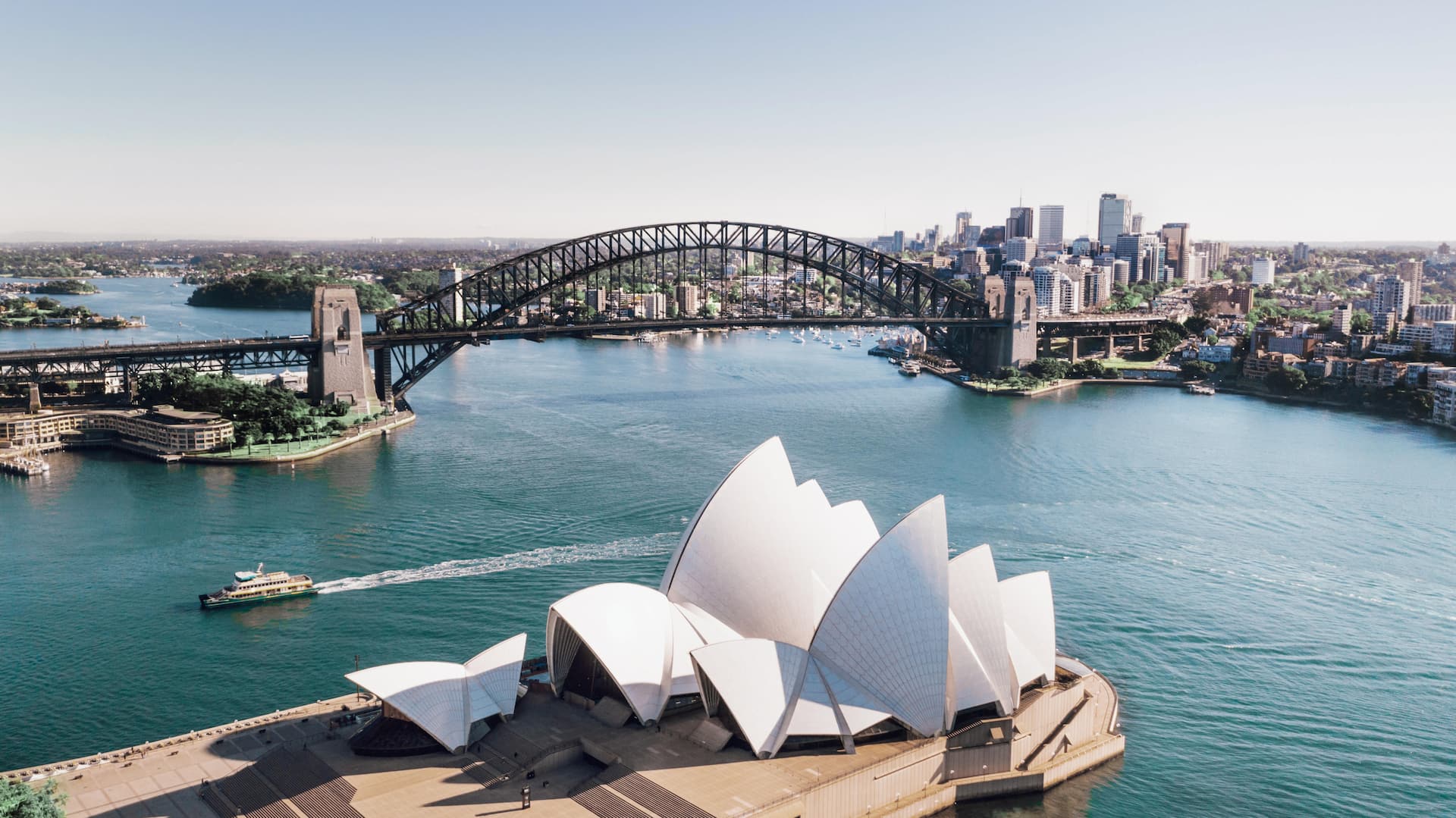Tenants in Sydney have been told by their real estate agency it is “critical” they regularly open windows during winter to restrict the spread of mold.
CobdenHayson emailed tenants on 1 June with recommendations “to help you prepare for the winter season”.
The email, seen by Guardian Australia, said Sydney homes were “designed to have windows open regularly”.
“As winter approaches, residents are often reluctant to open windows; however, this is critical to ensure adequate ventilation … Where possible, leave a window slightly open during the day.”
The agency advised tenants that mold management was “the responsibility of each tenant” and urged them to clean mold as soon as they noticed it.
“Mould is not always a sign of a leak or problem; it is largely attributed to a lack of ventilation and can manifest in humid environments, then spread quickly if left untreated.
“Cleaning this early will improve your health and assist with ongoing mold management.”
The guidelines on the NSW government’s fair trading website state that mold is the landlord’s responsibility if the property does not have adequate ventilation, but the tenant “may be responsible” if they allow a buildup of moisture by never opening windows or not using ventilation fans.
The guidelines state that the tenant must notify the landlord if mold builds up.
The Marrickville office, which sent the email, declined to comment, saying only that the email “was sent by head office that we have adopted and sent to our tenants”.
“The email refers to general recommendations; if the tenant chooses to take them, it is entirely at their discretion.”
The agent’s head office did not respond to a further request for comment.

Guardian Australia reported in April that other landlords and agents routinely advised tenants to open windows as record-breaking rain in Sydney and other parts of NSW caused mold problems to escalate dramatically.
The city and many parts of south-eastern Australia have shivered through an icy few weeks. Temperatures in Sydney on 1 June, the first day of winter, did not get above 15C and fell well into single figures at night, with wind chill from gusts up to 90 km much colder. It has been Sydney’s hardest first week in June since 1989.
The chief executive of the Tenants’ Union of NSW, Leo Patterson Ross, stressed that landlords were responsible for ensuring that a property is adequately ventilated.
“If the property isn’t built to ventilate safely so that you aren’t exposed to the elements, that’s the landlord’s responsibility,” he said.
Sign up to receive the top stories from Guardian Australia every morning.
“Under the tenancy contract, the property has to be habitable, and you’re entitled to ‘peace, comfort and privacy’. If you’re exposing yourself to an environment that’s too cold by opening a window, the shelter you’re paying for no longer protects you from the elements. You can’t reasonably be expected to put yourself into harm’s way like that.”
Patterson Ross said tenants who noticed mold should take photos, clean it and report it to the landlord or agent, so there was a record that the tenant had tried to address it.
“People should clean mold early to try and prevent it from taking hold. But often, we find mold is more likely to be a structural issue.
“An area bigger than the size of a plate is probably an indicator of a structural problem, and it’s pretty clear from the law that the landlord has a responsibility to address it,” he said.
Lauren, who asked that her last name not be published, rents with her partner in Sydney’s inner west (not through CobdenHayson). She said the mold in the terrace apartment she recently left became significantly worse after the heavy rain of the past few months. She said she first notified her landlord of the issue in 2018.
“We were just advised that the condition was livable, and they weren’t going to pay for any repairs,” she said.
She said water had been dripping from a bedroom ceiling even when it wasn’t raining, and mold had taken over much of the apartment, “growing all over our furniture, throughout the carpets and on the walls”.
She broke her lease, only to find the property was relisted for $30 more weekly than she had been paying.
“It’s pretty desperate out there. Tenants always feel like they’re walking on eggshells.
“I’ve got friends living in mold-infested houses and having their rent increased, and they’re just putting up with it.”
In Sydney, the residential vacancy rate is 1.6%, the lowest since 2017, indicating significant pressure in the rental market.
The Greens MP Jenny Leong has tabled a bill in the NSW parliament calling for increased tenant protections, including requiring rental properties to be mold and damp-free.
“People are crying out for help,” she said.
“That is why we urgently need consideration of the measures in this bill to be passed to protect people renting across NSW.”
In Victoria, the law was changed last year to clarify the responsibilities of landlords regarding mold.
Georga Wootton, a lawyer with Tenants Victoria, said there should be no confusion about who was responsible.
“It is the landlord’s responsibility to fix mold caused by a property problem, such as poor ventilation, a leaking pipe, or a broken window frame.
“Further, if the mold is caused by a problem with the property and is making it unsafe, it needs to be fixed as an urgent repair.”
She said Tenants Victoria always experienced an increase in inquiries about mold in the cooler months, and this year there were twice as many in May as in April.












